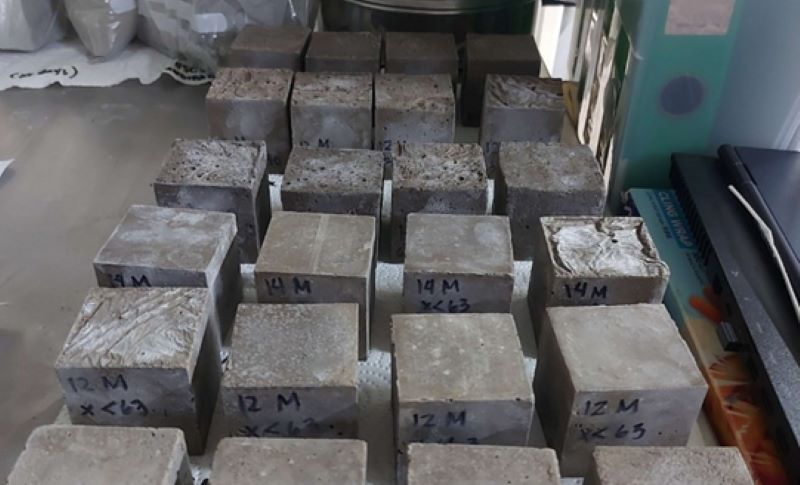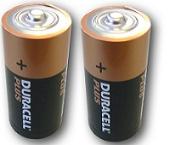
Volcanic ash can be used as a shield against harmful radiation, a group of researchers from the Ateneo de Manila University and National University-Mall of Asia campus has found. ''Radiation shielding is essential for hospitals, industrial sites, and nuclear facilities. These places use ionizing radiation for beneficial purposes such as helping doctors treat sick organs and broken bones, looking for structural weaknesses in buildings, or helping sterilize food for longer shelf life.
Though useful, exposure to ionizing radiation can be harmful for prolonged periods—hence the need for shielding,'' Ateneo's research communications section said in a press release on Tuesday. The World Health Organization said exposure to ionizing radiation may cause skin and blood damage, cataract, infertility, birth defects and cancer. In this study, researchers Floyd Rey Plando, Myris Supnad, and Joel Maquiling examined the physical and chemical characteristics of geopolymer mortar that was created using ash released by the Taal Volcano during its 2020 eruption.

They discovered that it has strong radiation attenuation properties due to its iron-rich minerals. “Iron has greater interaction power because it contains more electrons. In addition, it is a dense metal due to its heavy and tightly packed structure.
High-electron and denser material, such as TVA, has stronger efficiency in blocking hazardous X-rays and gamma rays,” said Plando. “Moreover, the optimal blend of volcanic ash and aggregates results in effective photon (radiation) attenuation because of the resulting disorder (entropy) in granular matter microstructures,” added Maquiling. Ateneo said further studies should be conducted to refine the material’s durability and optimize its shielding performance.
''Since volcanic materials are abundant in the tectonically active Philippine archipelago, this discovery offers a practical way to manage disaster waste while also enhancing safety in critical areas,'' it said. — Jiselle Anne Casucian/VBL, GMA Integrated News.













